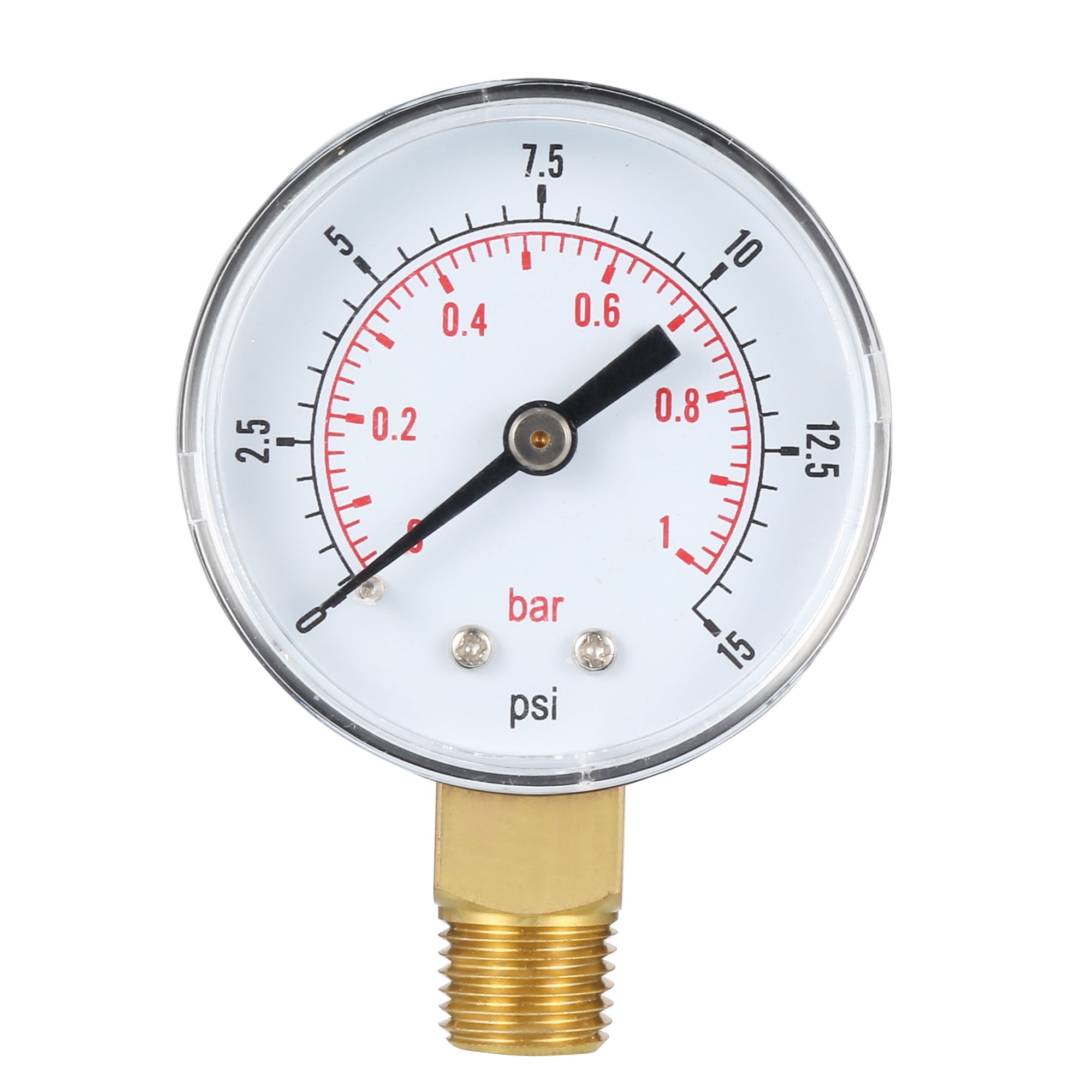
It is based on the avoirdupois system, a system that uses weights in terms of the avoirdupois pound, which was standardized in 1959.

History/origin: Pound-force per square inch is a unit that originated in the imperial and US customary systems of units. One psi is approximately 6,895 pascals (N/m 2). It is defined as the pressure that results when a force of one pound-force is applied to a one-square-inch area. Pound-force per square inchĭefinition: A pound-force per square inch (symbol: psi) is an imperial and US customary unit of pressure based on avoirdupois units. This is true of most countries, including the United States. The kilopascal is more prevalent in scientific contexts such as material science, engineering, and geophysics. Exceptions include certain countries that use either the imperial or United States customary systems of measurement, such as the United States, in which the unit of pound per square inch is more commonly used. In 1971, at the 14 th General Conference on Weights and Measures, the pascal was adopted as an SI derived unit of pressure.Ĭurrent use: The kilopascal is widely used worldwide in countries that have adopted SI. The kilopascal is simply a multiple of the pascal, as is common within SI. History/origin: The unit, pascal, is named after Blaise Pascal, a French mathematician and physicist. A kilopascal is defined as 1,000 Pa, where 1 Pa is defined as the pressure exerted by a 1 newton force applied perpendicularly to an area of one square meter, expressed as 1 N/m 2 or 1 kg/m So, to convert directly from bar to pounds per square inch, you multiply by 14.503774.Definition: A kilopascal (symbol: kPa) is a multiple of the pascal (Pa), an SI (International System of Units) derived unit of pressure used to measure internal pressure, Young's modulus, stress, and ultimate tensile strength. Or, you can find the single factor you need by dividing the A factor by the B factor.įor example, to convert from bar to pounds per square inch you would multiply by 100000 then divide by 6894.757.

To convert among any units in the left column, say from A to B, you can multiply by the factor for A to convert A into Pascals then divide by the factor for B to convert out of Pascals. To convert from Pa into units in the left columnĭivide by the value in the right column or, multiply by the reciprocal, 1/x.ĥ00000 Pa / 100000 = 5 bar Multiply by the conversion value in the right column in the table below.ĥ bar * 100000 = 500000 Pa To simply convert from any unit into pascals, for example, from 5 bar, just Where S is our starting value, C is our conversion factor, and
8 bars to psi how to#
How to Convert Units of PressureĬonversions are performed by using a conversion factor. By knowing the conversion factor, converting between units can become a simple multiplication problem:
/GettyImages-124564231-58b5c7d75f9b586046caddb9.jpg)

Some are obvious, such as pounds per square inch, but even the SI standard Pascal is actually an expression of one Newton per square meter. Since pressure is derived from force and area, many units for pressure directly relate force to area. Where P is equal to pressure, F is the normal force and A is area. Pressure is a scalar quality reflecting how force acts on a surface.


 0 kommentar(er)
0 kommentar(er)
